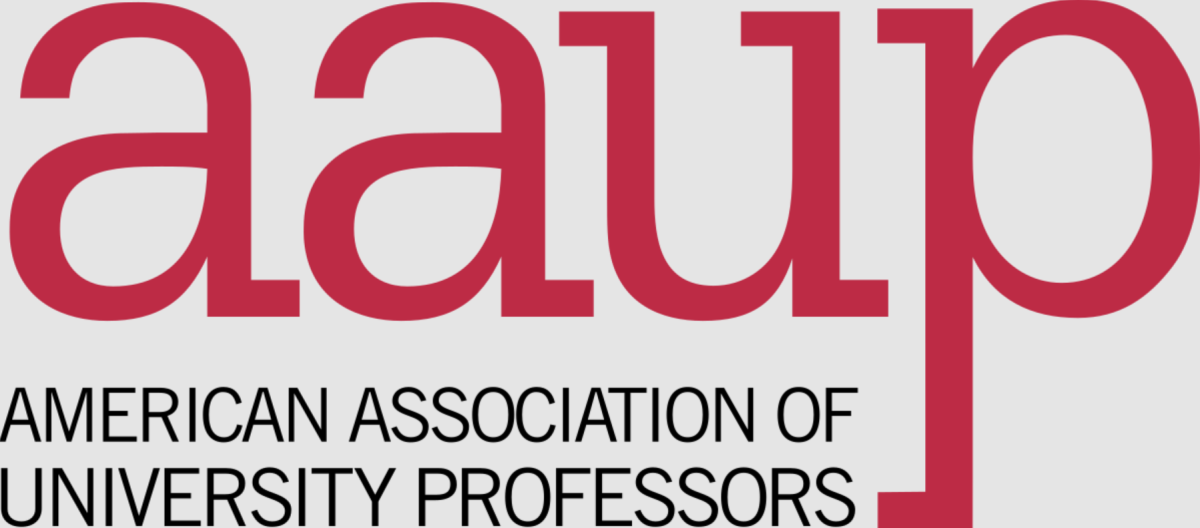The FCC has announced a plan to encourage internet service providers (ISPs) to expand broadband access to rural areas that aren’t currently served. Last year, the commission declared its intention to offer $20.4 billion over 10 years in grants for ISPs that provide internet access, setting the minimum qualifying speed at 25 Mbps for downloads and 3 Mbps for uploads.
The new program expands on a past program, which granted $1.5 billion in 2018. However, some have taken issue with the maps being used to disburse the first batch of funding — $16 billion of the total. These maps are divided up by census blocks, which contain hundreds or thousands of households, and these blocks are counted as having broadband access if at least one household is served — vastly overestimating coverage.
The FCC is commissioning new maps to remedy this inaccuracy, but decided to go ahead with the auction process for 2020 using old maps. While this clearly isn’t ideal, and it’s crucial to get more detailed information in order not to leave out any home from having reliable internet, the benefits this funding provides will still do a world of good for the areas it does impact.
Students at NC State can understand the importance of a fast internet connection. On-campus speeds are generally very fast, with Wi-Fi routers present in most if not all dorm rooms and academic buildings. Tools like the Virtual Computing Lab — which enables students to use computers with software like MatLab, Maple, and others without making the trek to a computer lab — rely on a steady internet connection.
Many of our students come from rural counties, which may be among those with limited internet access. This funding could expand their ability to go home and still complete coursework over breaks or take online courses during the summer.
North Carolina is in the midst of a similar program to the FCC’s at the state level, titled GREAT, which has experienced similar problems with the lack of data available to it. It has also taken some flak for offering funds to ISPs for providing lower-quality internet, with only 10 Mbps down and 1 Mbps up.
The office in charge of the program noted in their own defense that 19 of 21 grants awarded last May went to services with the higher threshold. However, advocates argue that the lower threshold shouldn’t qualify as broadband internet because it lacks sufficient capacity. Both programs are structured to reward providing higher speeds. Money for each region is auctioned off to those providers that say they will provide the highest speeds to homes in the area.
These programs are an excellent step in the right direction, as they make internet infrastructure economical in areas it wouldn’t otherwise be. That said, the speed standards should be revised upwards in future years to ensure that the infrastructure is keeping up with modern demands.
Also, updated maps will require new funding to be allocated as holes in internet coverage are revealed. With more investment in historically underserved communities, new residents and businesses will be attracted where previously the lack of fast internet was a turn-off. This can create a larger market for internet service and reinforce investments by the government and ISPs.
Internet is especially key for people in these areas, since by definition, services like education and healthcare are far apart, meaning the internet can be a powerful supplement. Subsidies are key because people in these places wouldn’t be able support the costs of expanding infrastructure without being charged inordinate rates, which would exclude economically disadvantaged folks. Programs like these, when well-supported over a long period of time, are a powerful tool in the fight against economic and geographic inequality and in favor of a more just economy.














